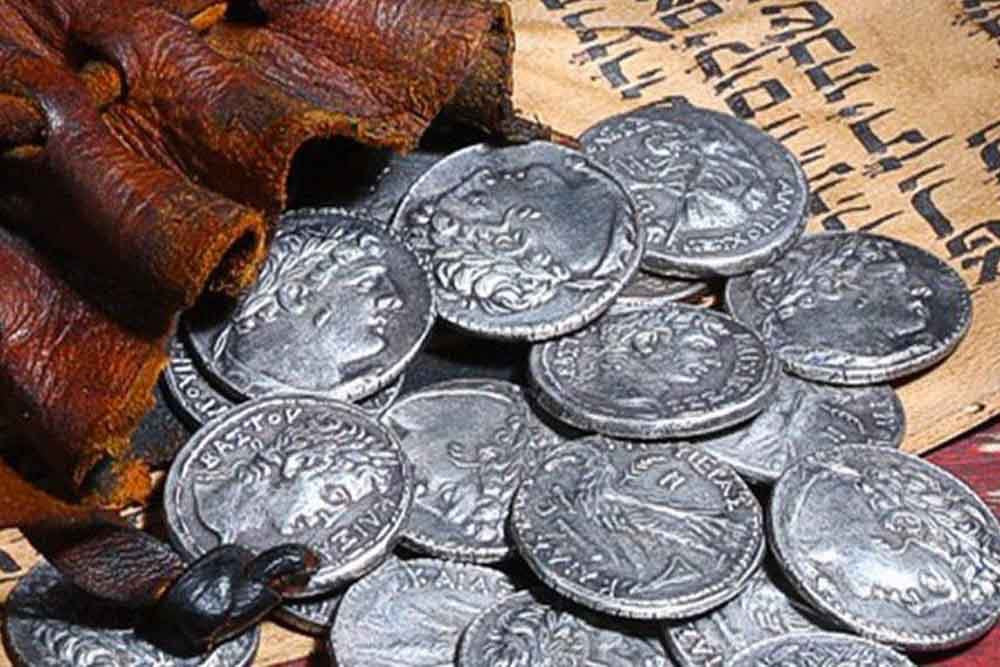One of the provinces of Rome was Judea. Octavian, the founder of the Empire, is known to readers of the Bible as Caesar Augustus, of whom Saint Luke says in chapter 2, verse 1 of his Gospel:
"A decree was issued... that everyone should be registered." This meant paying a tax in Roman currency. In this sense, the most common Roman coin in the Bible is the denarius.
Render unto Caesar what is Caesar's
With specific reference to money, in Matthew (22:15-22) we find the story of the Pharisees who tried to confuse Jesus with his own words by asking him if it was lawful to pay tribute to Caesar.
Jesus asked them to show him the coin used for the tribute, and they brought him a denarius. Jesus took it and asked them, "Whose image and inscription are these?" They replied, "Caesar's."
He said to them, "Then give to Caesar what belongs to Caesar and to God what belongs to God." This tribute coin was almost certainly a silver denarius of Tiberius, who reigned in Rome in the year 30 AD.
Combination of Roman and Greek
Another biblical coin is the widow's mite, mentioned by St. Mark (12:41-44). "A poor widow came and threw in two mites," and Jesus said:
"Truly I tell you, this poor widow has put in more than all those who are contributing to the treasury. They all gave out of their wealth; but she, out of her poverty, put in all she had to live on."
Since only Jewish coins were allowed in the temple and the lowest-value Jewish coin at that time was the copper lepton, these two coins of negligible value must have been the misnamed "obols."
The 30 coins of betrayal
The 30 silver coins paid to Judas to betray Christ are believed to have been of more than one type, as there were many types in circulation in that area during the first century.
The most common was the silver shekel from the Phoenician city of Tyre. This coin, which bears the head of a pagan god, Melkarth, almost certainly made up a large part of the 30 coins, and perhaps all of them.

